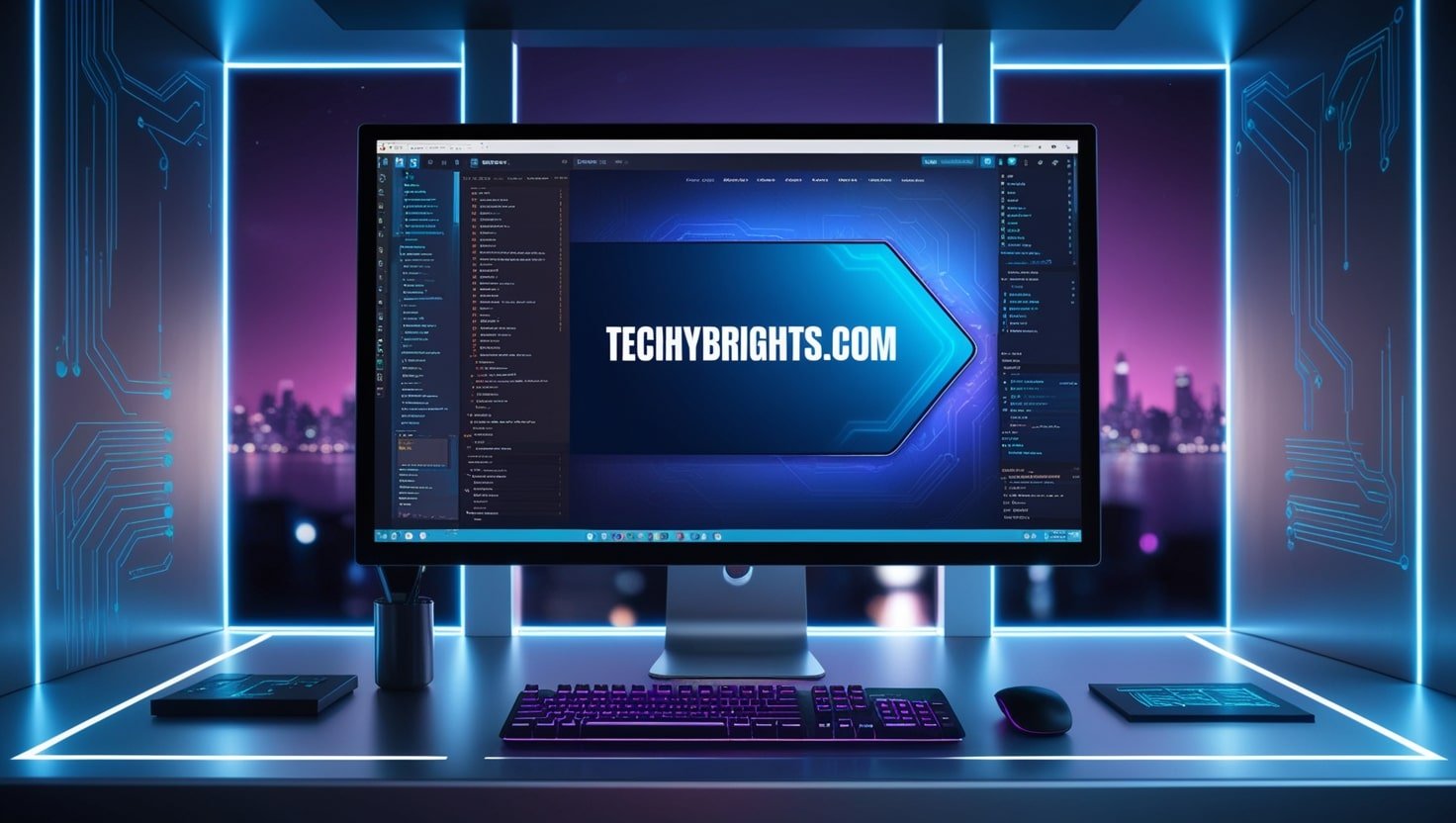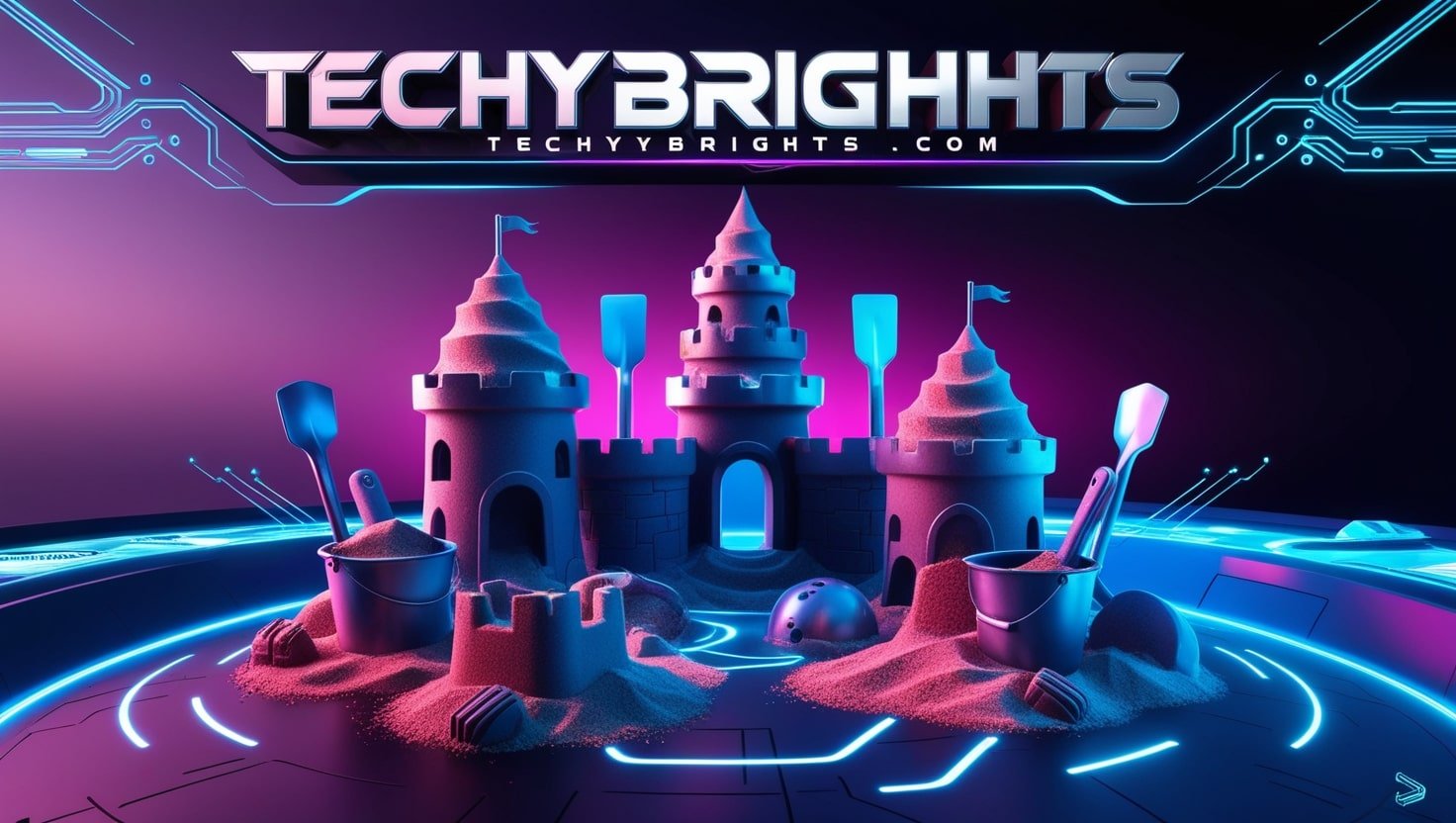When it comes to game development, one of the most important decisions you’ll face is choosing the right tools to bring your ideas to life. For many developers, especially beginners or those interested in creating 2D games, a 2D game engine is the perfect starting point. In this article, we will explore what a 2D game engine is, why it’s so essential, and the best options available to help you craft incredible 2D games. By the end of this guide, you will have a comprehensive understanding of the role a 2D game engine plays in game development, and how it can bring your visions to life.
What Is a 2D Game Engine?
A 2D game engine is a software framework designed specifically for creating 2D games. Unlike 3D game engines, which are geared toward games that require three-dimensional rendering, 2D Game Engine provide the necessary tools to create games that operate on a flat, two-dimensional plane. These tools typically include physics engines, graphics rendering systems, and audio management, making it easier for developers to focus on game design and mechanics without having to build everything from scratch.
Why Choose a 2D Game Engine for Your Project?
Selecting a 2D game engine is an excellent choice if you are looking to create a game with simple mechanics and visual elements that can run smoothly on various platforms. 2D games are not only accessible to create, but they also have a broad appeal to gamers of all ages. With the increasing popularity of mobile games, indie games, and retro-style games, the demand for 2D games has never been higher. Using a 2D game engine can save you time and resources while providing a solid foundation for your project.

Key Features of a 2D Game Engine
A good 2D game engine should offer several essential features that make game development easier and more efficient. These features can range from powerful rendering capabilities to easy-to-use asset management tools. Let’s dive into the key features of a 2D game engine.
Graphics Rendering
One of the primary functions of a 2D game engine is to handle the rendering of 2D graphics. This involves displaying characters, backgrounds, and animations within a game world. A high-quality 2D game engine should support various types of graphics, such as sprites, textures, and tilemaps, to allow for visually appealing game design.
Physics Engine
Even in 2D games, physics plays an important role in how the game objects behave and interact with each other. A physics engine within a 2D game engine simulates real-world forces, such as gravity, friction, and collision detection, allowing for more dynamic and realistic gameplay.
Audio Management
Sound is another key component of any game. A 2D game engine should provide tools for managing background music, sound effects, and voiceovers. Whether you are creating a simple platformer or an action-packed shooter, great audio helps to elevate the gaming experience and keep players engaged.
Scripting and Programming
Most 2D Game Engine come with built-in scripting languages or programming interfaces that allow developers to code the gameplay mechanics and behaviors. Whether you are a beginner or an experienced programmer, these scripting options should be user-friendly and powerful enough to bring your game ideas to life.
Asset Management
Game development involves a lot of assets, such as images, animations, sound files, and more. A well-organized 2D game engine will provide asset management tools to help you store, retrieve, and organize these assets quickly and efficiently. This can be especially helpful for large-scale projects that require multiple assets to be handled simultaneously.
Best 2D Game Engine for Developers
Now that we have a better understanding of what a 2D game engine can do, let’s explore some of the top 2D Game Engine available today. Each of these engines has its unique strengths, and the best one for your project depends on your specific needs and preferences.
Unity: A Versatile Option for 2D Games
Unity is one of the most popular game engines in the world, and for good reason. Originally designed for 3D game development, Unity has evolved over time to become a robust platform for 2D games as well. Unity’s 2D game engine provides an easy-to-use interface, excellent support for 2D physics, and a variety of asset management features that make it ideal for creating 2D games.
Unity also has an active community of developers and extensive online documentation, which makes it easy to find resources and support for your project. Additionally, Unity supports multiple platforms, including iOS, Android, Windows, and macOS, meaning your 2D games can reach a wide audience.
Godot: An Open-Source Powerhouse for 2D Games
Godot is an open-source game engine that has gained popularity in recent years due to its flexibility and ease of use. While Godot supports both 2D and 3D game development, it is particularly well-suited for creating 2D games. The engine offers a dedicated 2D mode that provides features such as lights, shadows, and shaders designed specifically for 2D games.

What sets Godot apart is its lightweight nature and scene system, which allows for quick iteration during development. The engine also uses its own scripting language, GDScript, which is similar to Python and easy to learn for beginners. Godot is free to use and has no licensing fees, making it an excellent choice for indie developers and hobbyists.
Construct: A No-Code 2D Game Engine
If you’re not familiar with programming but still want to create your own 2D games, Construct might be the perfect solution. Construct is a no-code 2D game engine that allows you to create games using an intuitive drag-and-drop interface. With its visual scripting system, you can design complex game mechanics without writing a single line of code.
Construct offers a wide variety of built-in behaviors and templates, making it easy to get started with your game development project. The engine also supports publishing to multiple platforms, including HTML5, Android, iOS, and Windows. If you’re a beginner or someone looking to create a 2D game without learning to code, Construct is an excellent option.
Cocos2d: A Popular Framework for 2D Games
Cocos2d is a powerful open-source framework primarily designed for creating 2D games. While it requires more technical expertise than engines like Construct, Cocos2d provides a high level of flexibility and control over game development. The engine supports both native and HTML5 game development, making it suitable for a wide range of platforms.
Cocos2d is known for its strong performance and scalability, which is why it is frequently used for mobile game development. The engine also supports a wide variety of features such as physics, particle effects, and pathfinding, making it an excellent choice for developers who want to create complex 2D games.
How to Choose the Right 2D Game Engine
Choosing the right 2D game engine for your project depends on several factors.
Experience Level
If you’re a beginner with little to no coding experience, you may want to choose a 2D game engine that is easy to use and doesn’t require a lot of technical knowledge. Engines like Construct and Godot are great choices for beginners due to their user-friendly interfaces and accessible scripting options.
On the other hand, if you are an experienced developer, you may prefer a more powerful engine with a greater degree of customization and flexibility. Engines like Unity and Cocos2d offer extensive features and support for more advanced game mechanics.
Project Requirements
The specific needs of your game will also play a role in choosing the right 2D game engine. For example, if your game requires advanced physics or particle effects, Unity or Cocos2d may be the best options. However, if you are working on a simple mobile game, Construct or Godot may provide all the tools you need.
Budget
If you’re on a tight budget, consider using an open-source or free game engine. Godot and Cocos2d are both open-source and completely free to use, while Unity offers a free version with certain limitations. Construct, while incredibly powerful, does come with a cost, although it offers various pricing plans depending on your needs.
Tips for Using a 2D Game Engine Effectively
Using a 2D game engine to create a game can be both exciting and challenging. Here are a few tips to help you make the most out of your chosen engine:

Start with a Simple Game
When you’re first learning to use a 2D game engine, it’s best to start small. Try creating a basic platformer or puzzle game to get a feel for the engine and its features. Once you become more comfortable with the engine, you can move on to more complex projects.
Take Advantage of Tutorials
Many 2D Game Engine come with extensive documentation and tutorial resources to help you get started. Whether it’s video tutorials or written guides, these resources can provide valuable insights into how to use the engine effectively and troubleshoot common problems.
Join a Community
Joining the community of your chosen 2D game engine can be incredibly helpful. Online forums, Discord servers, and social media groups dedicated to game development are great places to ask questions, share your progress, and get feedback from other developers.
Conclusion
In conclusion, a 2D game engine is an essential tool for developers looking to create 2D games. Whether you are a beginner just starting your game development journey or an experienced developer with advanced skills, the right 2D game engine can help bring your creative vision to life. With various engines to choose from, there is no shortage of options to suit your needs and project requirements. By understanding the features and strengths of different engines, you can select the one that will allow you to create the best possible 2D game.



